In the book Saucerful of Secrets: The Pink Floyd Story, Roger Waters is quoted as saying about his former bandmate Syd Barrett, “It couldn’t have happened without him, but on the other hand it couldn’t have gone on with him.”
Videos by American Songwriter
Syd Barrett, once the band’s leading artistic light whose mental breakdown forced the band in another direction, popped up in Pink Floyd’s EMI Records recording studio in 1975, at the very moment the band was finishing “Shine on You Crazy Diamond,” their incredible tribute to him. It was the first time any of them had seen him in years, and, for the most part, would be the last time any of them would see him as well. Here’s how this incredible moment of serendipity and, as the song says, random precision, went down.
Syd’s Departure
If all you know of Pink Floyd is their masterful work in the ’70s, you might not know they were a much different band in 1967 when they released their acclaimed debut album The Piper at the Gates of Dawn. The songs on that record were largely the product of their visionary lead singer and guitarist Syd Barrett, who quickly became one of the musical icons of the so-called Summer of Love.
But just as soon as his star rose, Barrett would lose it all. By most accounts, previous mental problems he had mostly been keeping at bay rose to the surface because of his copious use of psychedelics. As 1967 wore on, Pink Floyd couldn’t trust him to either show up at gigs or be coherent when he did. Floyd hired a second guitarist named David Gilmour to help cover his parts.
As ’67 turned into ’68, things got worse. When assembling for a gig in January 1968, the band members (Waters, Gilmour, Rick Wright, and Nick Mason) decided not to pick up Barrett, a choice that essentially ended his time in Pink Floyd. Several of the band members kept in touch with him for a while. (Gilmour, who had known Barrett before the others as a school kid, acted as chief producer for Barrett’s two 1970 solo albums.) But by the time they gained worldwide acclaim with Dark Side of the Moon in 1973, none of them had any contact with Barrett, who, for his part, wanted no part of the spotlight.
Remembering Syd in Song
After Dark Side of the Moon, Pink Floyd struggled with how to proceed. They had achieved a level of success beyond their wildest expectations. As a result, they struggled to gather much enthusiasm for the 1975 studio sessions for their followup.
Luckily, they had an ace in the hole in a song they had worked out at rehearsals for the previous year’s tour. It was spurred on by a four-note guitar figure played by David Gilmour. For whatever reason, those notes prodded Waters, the band’s chief lyricist, into thinking about Barrett. His emotions came flowing out and into “Shine on You Crazy Diamond,” which was fleshed out by the band and made into a multipart song suite.
When the album sessions stalled, Waters realized it was because the band members had sort of retreated to their own corners, as if they were there with each other, but not really. He had the idea to use “Shine on You Crazy Diamond,” which dealt with Barrett’s isolation, as a jumping-off point to explore how the band were essentially recording in absentia. That led to the creation of the album Wish You Were Here, which would be hailed as another band masterpiece.
Who Is that Guy?
The sessions for Wish You Were Here were winding down by June 5, 1975. That evening, David Gilmour was getting married, and the band would leave the next day for an American tour. Their goal, before all that took place, was to nail down the mixing for “Shine on You Crazy Diamond.” Almost unnoticed at first, a bald, overweight man dressed all in white like a hospital orderly appeared in the studio.
At first, the band members didn’t think anything of it. But one by one, they started to realize that it was their former bandmate, Syd Barrett. Without telling anybody he would show up, he came on the very day the band focused on the song about him. He allegedly told them he was ready to play on the sessions if they needed him.
Barrett had casual conversations with the different members of the group. He didn’t give any indication that he knew the song was about him. His only comments about it were to muse why the band kept playing it over and over (since they were mixing it, they were trying to get the sonic balance just right). Barrett stuck around for Gilmour’s wedding reception that night, before leaving, just as he had come, without telling anyone.
The Piper Retreats
You painter, you piper, you prisoner, Roger Waters called Syd Barrett in “Shine on You Crazy Diamond.” A piper indeed, as Pink Floyd certainly followed his lead for a short, but memorable span. Barrett was initially left behind by his band, but he eventually seemed to endorse that decision. He chose to step out of the spotlight and live a life of quiet anonymity, which he managed to maintain despite much interest from the press and fans about his whereabouts and well-being.
Roger Waters was the only member of Pink Floyd to ever see Barrett again. He bumped into him in a department store many years later, but Barrett quickly walked away without saying anything. The members of Floyd were apparently rebuffed by Barrett’s family members whenever they attempted to reach out to Syd, as it was feared their appearance might cause him to have a setback. They did ensure he properly received all royalties owed to him.
Syd Barrett died from pancreatic cancer in 2006 at the age of 60. But his echoes are undeniable. They waft about all the music his former band made that was influenced by his memory. And, of course, they emanate from the music he made during that all-too brief time when he shone like the sun.
When you purchase through links on our site, we may earn an affiliate commission.
Photo by Cyrus Andrews/Michael Ochs Archives/Getty Images




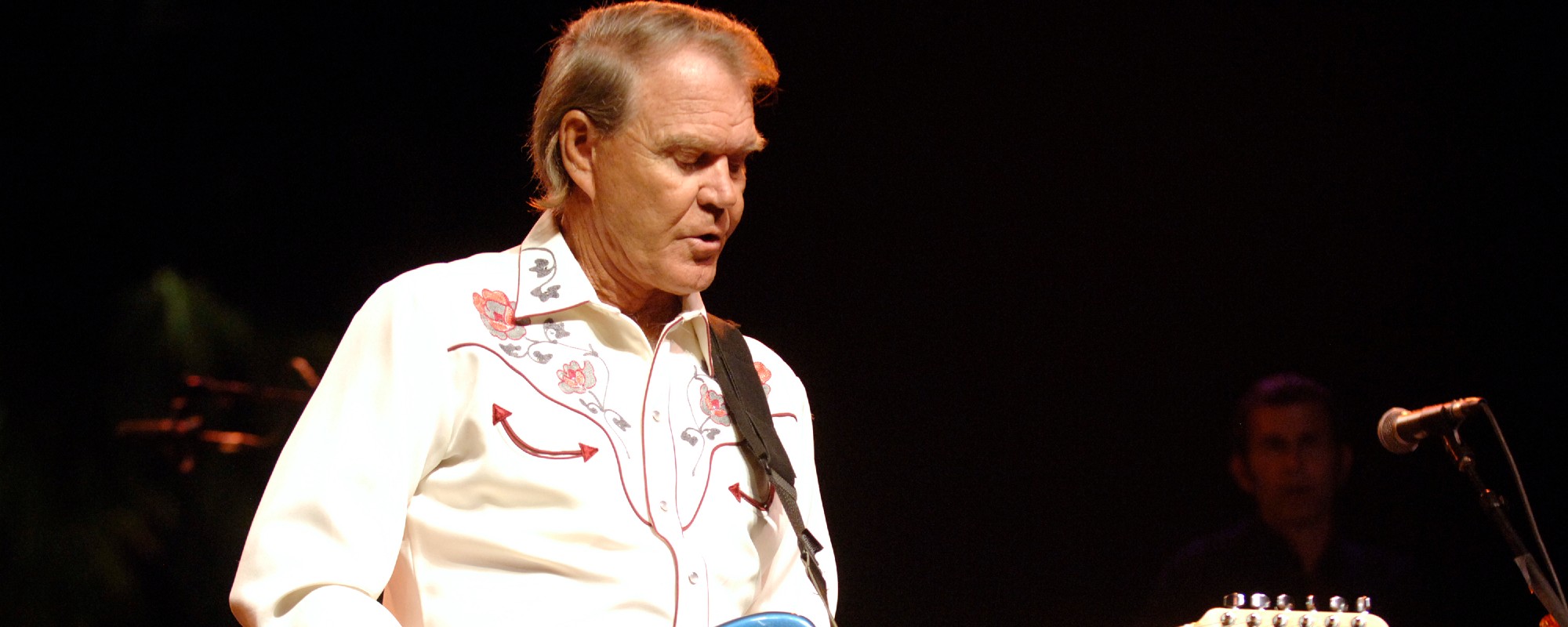

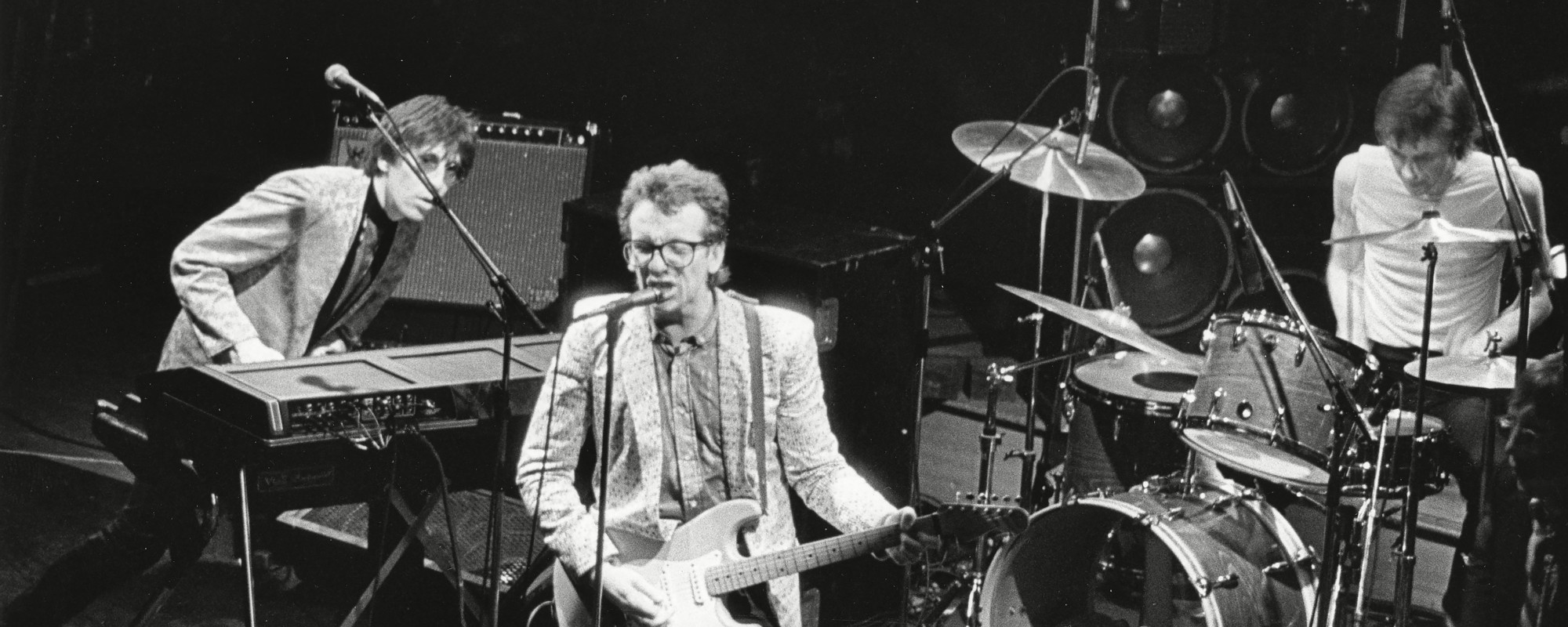

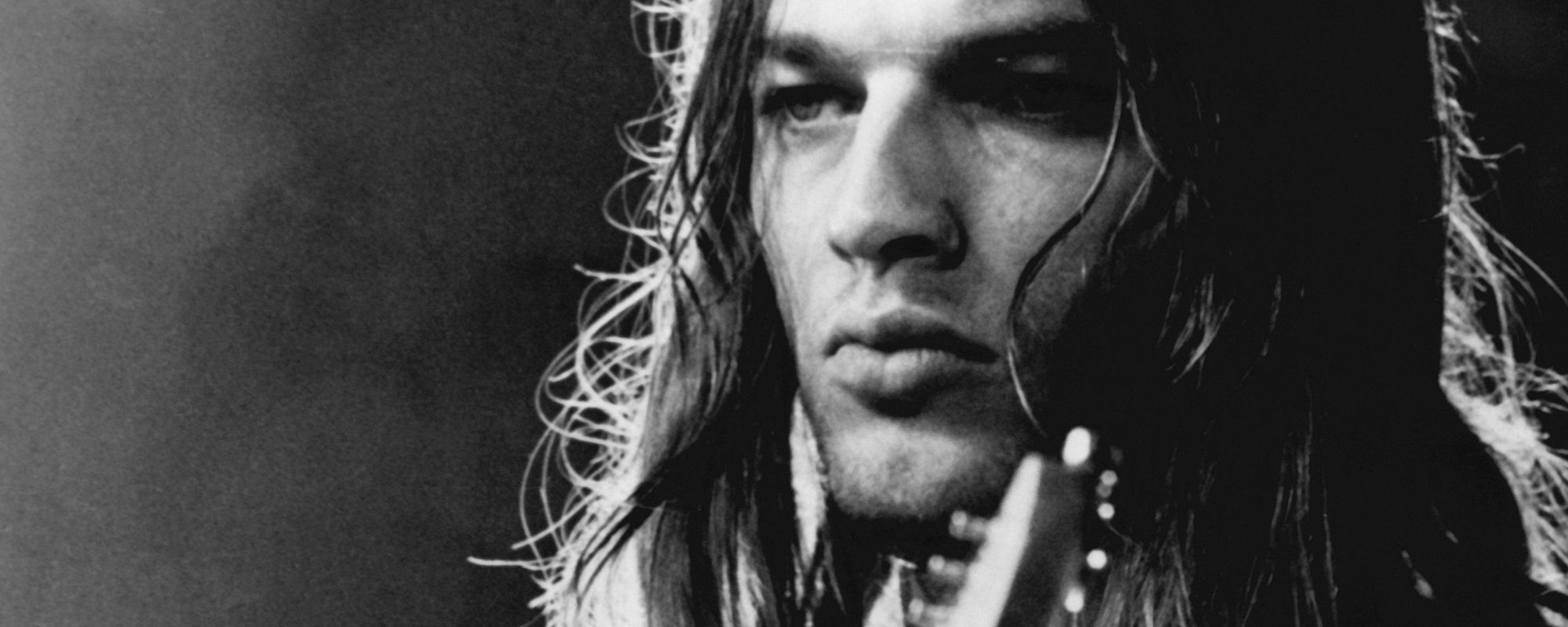


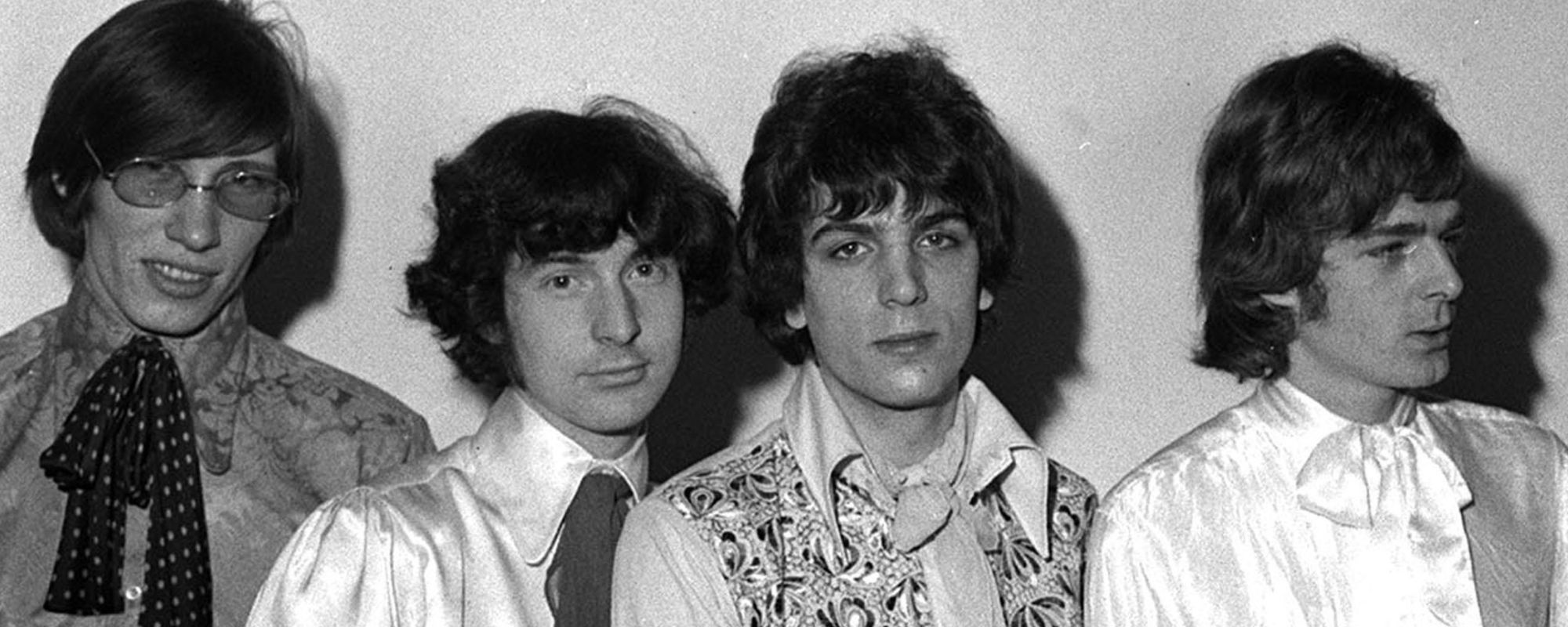
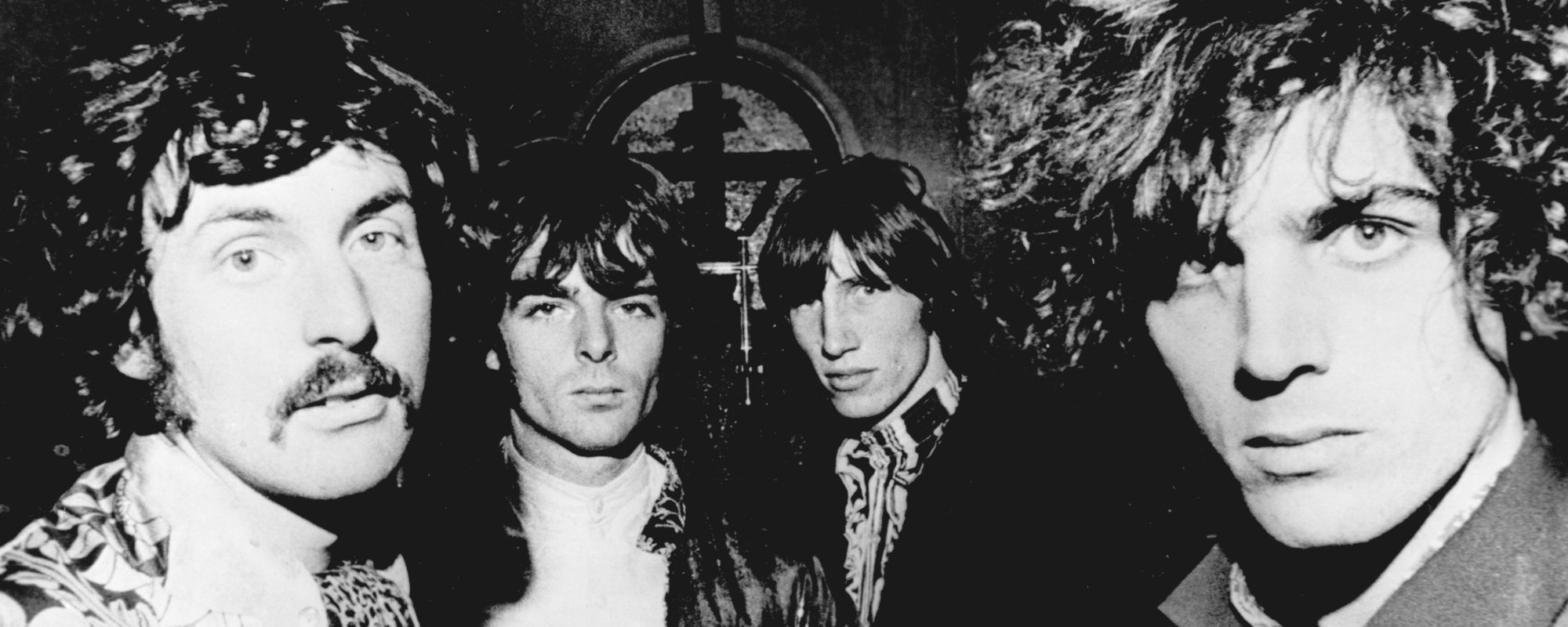
Leave a Reply
Only members can comment. Become a member. Already a member? Log in.